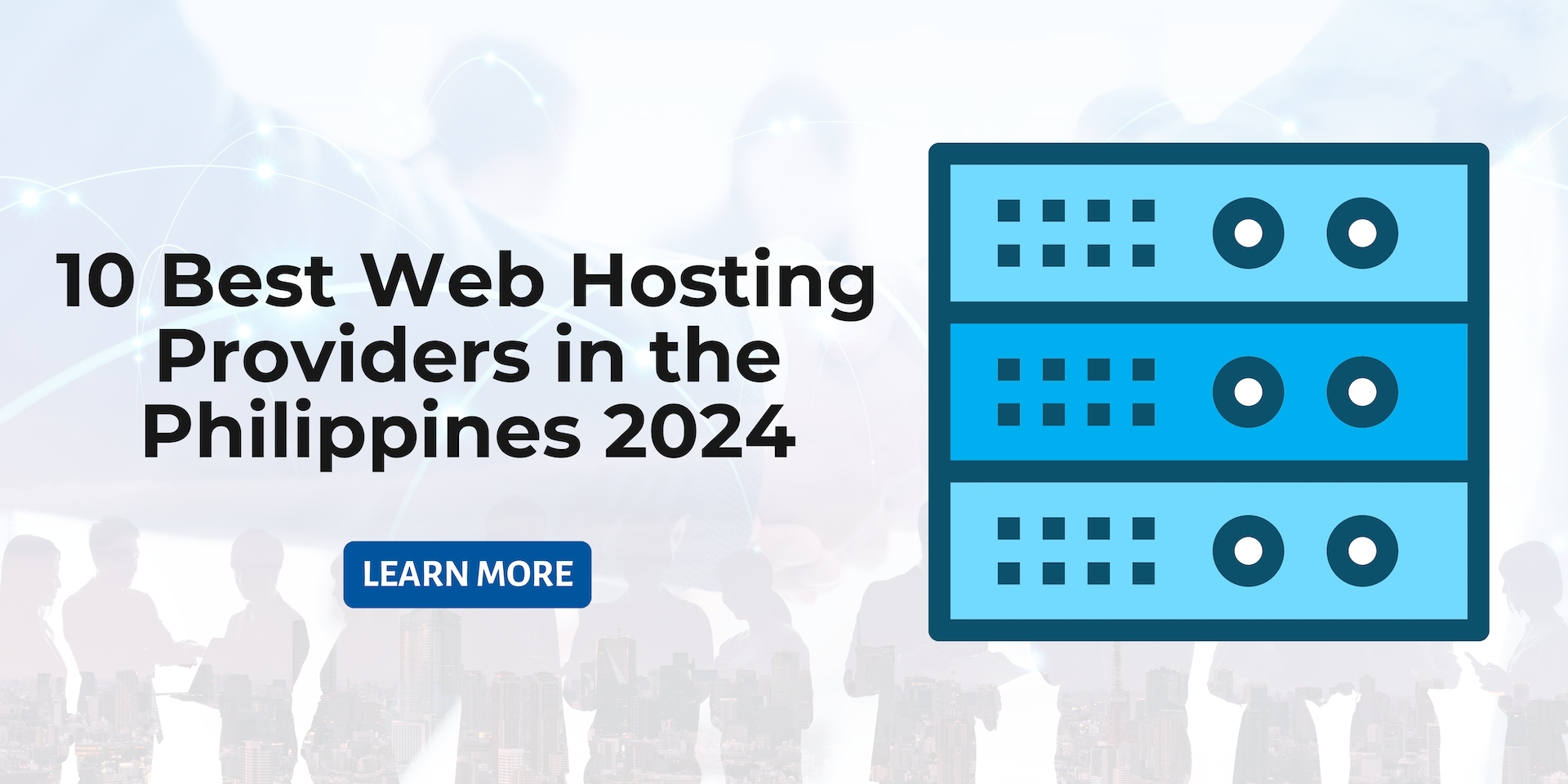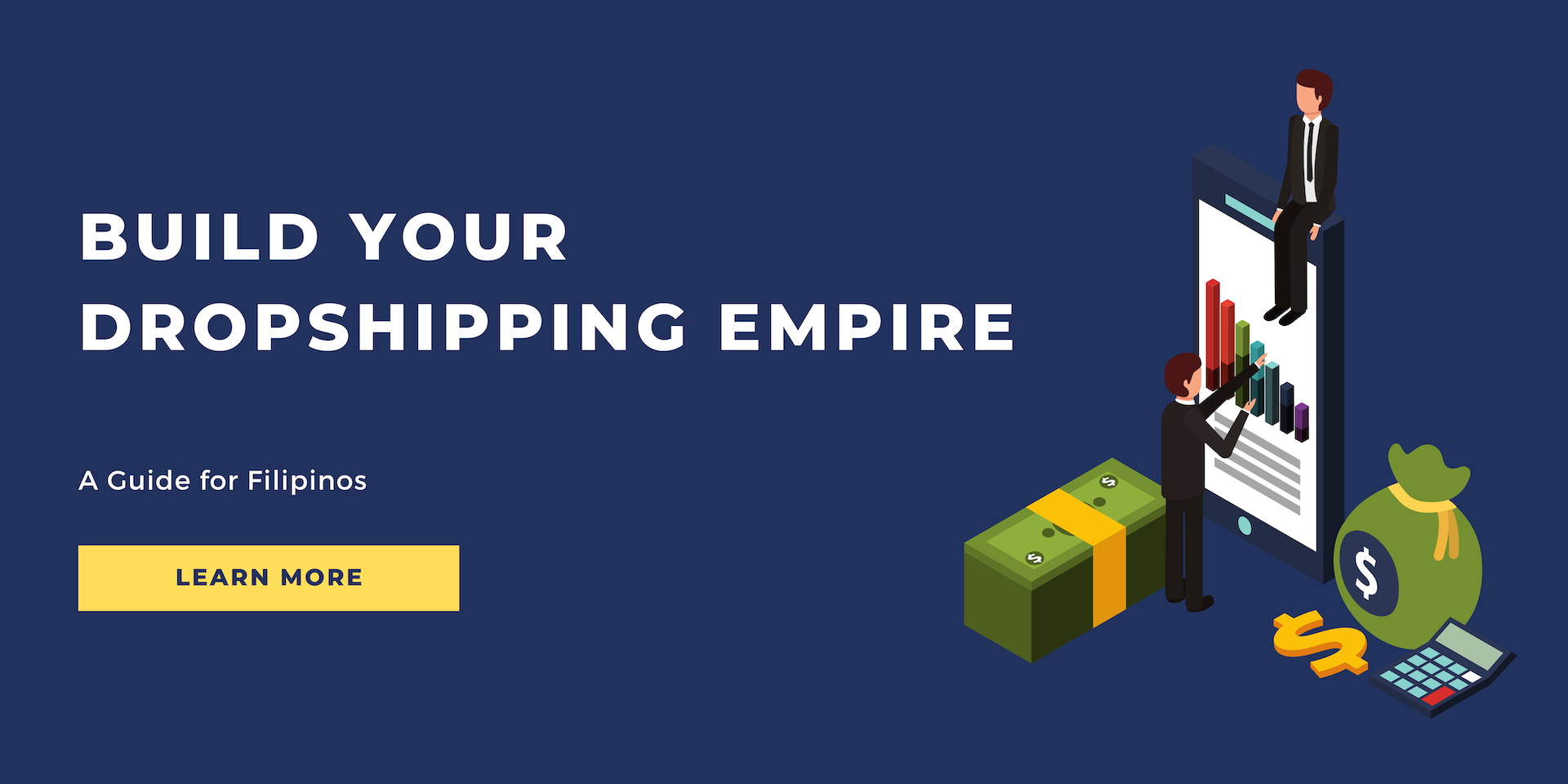Build Your Dropshipping Empire: A Guide for Filipinos

Dropshipping is an ecommerce business model that allows entrepreneurs to sell products online without holding any inventory. With dropshipping, store owners set up online stores selling products from wholesalers. When customers order, the store owners buy the items from suppliers. Then the suppliers ship directly to the customers.
The key advantage of dropshipping is that it eliminates the need for upfront inventory purchases and physical product storage. The dropshipper can focus on marketing products and managing customer orders, while the supplier handles product fulfillment. This makes dropshipping an appealing option for launching an online business with low startup costs in the Philippines.
Benefits of Dropshipping for Filipino Entrepreneurs
Dropshipping offers several unique benefits for entrepreneurs in the Philippines looking to build an online business:
Low Barrier to Entry: Dropshipping does not require a physical storefront or inventory. This lowers the startup costs substantially compared to traditional retail. Filipino entrepreneurs can launch dropshipping stores quickly with basic website setup and marketing costs.
Operational Flexibility: You can manage a dropshipping business anywhere that has an internet connection. This flexibility enables Filipino entrepreneurs to operate stores around their existing work or education schedules.
Scalability: Dropshipping stores are highly scalable, allowing entrepreneurs to expand product selections and sales volumes without logistical constraints. Filipinos can grow their business as large as their marketing and management capacity.
Access to Global Suppliers: Dropshipping opens up products from suppliers worldwide. Filipino entrepreneurs can access unique product selections beyond what is available locally.
Examples of Successful Dropshipping Businesses
Several successful entrepreneurs have built thriving dropshipping operations, demonstrating the viability of this business model. Some examples include:
AliExpress: AliExpress is part of the Alibaba Group. In the fiscal year ending on March 31, 2023, Alibaba Group had total revenues of approximately 868.69 billion yuan. When converted to U.S. dollars, this equals about $126.49 billion.
This revenue amount includes all of Alibaba's businesses, not solely AliExpress.
AliDropship: AliDropship’s annual revenue is estimated to be around $1.5 million.
These examples highlight how dropshipping can be scaled successfully in the Philippines with the right products, marketing, and operational execution. For any Filipino entrepreneur, the opportunities to build a thriving dropshipping business are immense.
Finding Dropshipping Suppliers and Products
When starting a dropshipping business in the Philippines, identifying reliable suppliers that can efficiently ship products to your customers is crucial. Here are some tips for finding quality suppliers and great products to sell:
- Look to major e-commerce platforms popular in the Philippines like Lazada, Shopee, and AliExpress. These sites make it easy to find thousands of suppliers and browse their product listings to spot on-trend, high-demand items perfect for dropshipping. Pay attention to supplier ratings and reviews to gauge reliability. Make test orders to evaluate shipping times and product quality.
- Also, consider sourcing from local Philippine suppliers and manufacturers. Connecting with local artisans for handmade crafts or small businesses for their signature products allows you to offer unique inventory. Visit trade fairs, check Philippine business directories, and network with local chambers of commerce to find potential suppliers. Make sure to thoroughly vet their reliability and product quality.
- Having a mix of products from international mega-suppliers and local producers allows the flexibility to jump on trends with easy-to-source imports while also having an appealing selection of authentically Filipino products. Carefully curating your inventory is key for any dropshipping business. With a bit of research and relationship building, you'll be able to find the right suppliers and products to meet customer demand.
Building Your Dropshipping Business in the Philippines
Launching a successful dropshipping business in the Philippines requires strategic planning and an understanding of the local ecommerce landscape.
Here are some key steps to get started
Create an Online Store and Set Up Payments
Choose a user-friendly ecommerce platform that supports dropshipping and caters to the Philippine market. Make sure to have a mobile-responsive store to capture the majority of mobile-first Filipino shoppers. Offer payment options popular in the Philippines such as bank transfers, e-wallets (For example: GCash), and cash on delivery. Partner with local payment gateways like Dragonpay(set no follow for this link ) for seamless transactions.
Understand and Market to Filipino Consumers
Study consumer behavior and trends in the Philippines. Social media marketing is extremely effective - leverage platforms like Facebook and Instagram where most Filipinos are active online. Create video content and localize your messaging. Build trust by offering good customer service and interacting with potential customers.
Optimize Delivery and Fulfillment
Partner with a local fulfillment provider or courier like LBC, J&T, or 2GO for reliable and timely deliveries across the Philippines. Offer clear delivery timelines and shipping fee estimates upfront. Provide order tracking. Careful vendor selection and inventory management will help meet customer expectations.
Comply with Laws and Regulations
Consult experts to ensure compliance with Philippine e-commerce laws and tax requirements like obtaining business permits and licenses. Stay up-to-date on new regulations for online sellers. This will allow you to operate legally and avoid penalties.
Always keep learning about your target customers and adapt your strategies to thrive in this exciting market. The key is to build trust and provide excellent service to Filipino shoppers.
Essential Web Elements for Successful Dropshipping
For Filipino entrepreneurs starting a
dropshipping business, two critical components are needed: reliable web hosting
and a premium domain name. Z.com offers both,
catering specifically to the needs of dropshippers.

Reliable Web Hosting
In dropshipping, where suppliers fulfill orders, your website's uptime, speed, and security are crucial. Z.com guarantees 99.9% server reliability, ensuring your store is always accessible. They provide tools like free SSL certificates and WordPress toolkit for efficiently building and managing your online store.
Premium Domain Names
A memorable domain name is vital for branding and marketing your dropshipping store. Z.com offers a wide range of premium domains, including the popular .com extension, at affordable prices. A premium domain enhances credibility, visibility, and SEO efforts, driving more traffic to your site.
Z.com's combination of reliable web hosting and premium domains provides a solid foundation for building a successful dropshipping business in the Philippines, allowing you to focus on marketing and scaling your business.
Keys to Success and Final Tips
Running a profitable dropshipping business in the Philippines requires strategic thinking and effective execution. Here are some vital tips to help ensure success:
Offer Trendy and Relevant Products
Keeping up with the latest trends and consumer demands is key to success in the Philippine market. Filipino consumers, especially younger demographics, tend to be very tuned into what's hip and popular at the moment. As an e-commerce business, you'll want to ensure you're selling merchandise that aligns with current fads and interests.
Conduct research regularly to spot rising trends, both globally and in the Philippines specifically. Social media listening can provide insight into new brands and products gaining traction. Pay attention to what Filipino influencers are promoting and what people are talking about online. Check best-seller lists on Philippine e-commerce sites to see what's selling. Sign up for Google Trends alerts to get notified when certain keyword searches spike, indicating growing interest.
When it comes to actual inventory, focus on products like mobile accessories (phone cases, Airpod cases, etc.), beauty and skincare items (especially Korean brands), fashionable athleisure wear, gadgets and electronics, anime merchandise, and fitness equipment. These have been in-demand product categories in recent years.
Localize your offerings as much as possible to cater to Filipino tastes. For example, offer skin whitening products since fair skin is preferred by many. Make sure clothing fits local sizing norms. Partner with Philippine merchants and brands like Penshoppe.
Have a targeted social media presence highlighting your trendiest merchandise. Use influencer marketing to build buzz when you offer new hot items. Run limited-edition drops of products likely to sell out fast and create hype. Reward loyal customers first access to the latest products.
Provide Excellent Customer Service
Providing personalized, timely, and helpful customer service is extremely important when doing e-commerce in the Philippines. Filipinos expect and value real human interactions vs just automated responses. They are also very social shoppers who tend to seek recommendations and feedback from family and friends before making purchases.
Have customer service agents available to respond to customer queries and issues via the following channels:
Live Chat: Have agents ready to immediately chat with customers browsing your e-commerce site. Ensure quick response times of under 1-2 minutes. Train agents to be friendly and use emojis/gifs when chatting to seem approachable.
Social Media: Customers may reach out via popular platforms like Facebook Messenger, Instagram DM, Twitter DM, etc. Assign agents to monitor each channel closely and provide assistance. Response times should be prompt - within an hour or sooner if possible.
Email Support: Set up a dedicated customer support email address like support@yourstore.com.ph and list this clearly on your website and other materials. Aim to respond to all inquiries within the first 24 hours.
Phone Support: While newer generations may prefer online mediums, many Filipino customers still like calling directly for urgent matters. Have call center agents available during regular Philippine business hours.
In-App Messaging: For your e-commerce mobile app, include in-app messaging for customers to easily get assistance right within the app interface.
When able to, provide support in English and Tagalog to accommodate customer preferences. Train all agents on Philippine etiquette like addressing customers formally (Sir/Ma'am) until permitted to do otherwise. Equip staff to provide specific guidance related to payments, delivery, returns, warranties, and other aspects that may require explanation for first-time buyers.
Invest over time in advanced CRM software to retain customer transaction history and preferences, allowing your agents to personalize future engagements more. Provide loyalty rewards and surprise treats to delight frequent purchasers. You will foster customer satisfaction and trust in your e-commerce business by emphasizing great service alongside trendy products,
Build a Strong Brand Identity
As an e-commerce company entering the Philippine market, establishing a consistent and meaningful brand that customers can relate to is key. You’ll need to build awareness and position your brand effectively to thrive among local and international competitors.
Start by developing your brand story and key messages.
What is the vision or purpose behind your business?
What values define your brand?
Draft an “About Us” page sharing this background to connect with customers seeking more than just transactions.
Create visual branding like logos, fonts, and color schemes that reflect your brand identity. Incorporate culturally relevant symbols and designs if appropriate. Ensure visuals appear localized rather than just generic when promoting to Filipinos.
Generate content centered around your niche, brand story, and products. Infuse posts with “Pinoy pride” mentioning positive Filipino traits. Work with social media influencers and KOLs to produce branded content as over 80% of Pinoy netizens trust influencer recommendations.
Stage giveaways require online engagement to grow your audience.
Consider brand ambassador partnerships with influencers who are popular amongst your target demographics. This can effectively boost visibility particularly when first establishing your e-commerce presence.
Spend on strategic advertising with Philippine e-commerce leaders like Lazada and Shopee to gain added exposure. Create video ads showcasing your friendly brand and happy local customers.
Consistently apply your visual identity and core messaging across all customer touchpoints - website, packaging, ads, social, emails, apps, etc. to reinforce perceptions of your brand. This builds recognition and loyalty over time.
Once established, legally protect your brand by registering for trademark certificates from the Intellectual Property Office of the Philippines (IPOPHL). This prevents other entities from using your distinctive assets without authorization locally and abroad.
With a beloved brand identity backed by strong legal protections and savvy marketing partnerships, your e-commerce business can thrive in the Philippines for the long term.
Analyze Metrics and Optimize
To turn data into actionable insights, ecommerce merchants need to actively track and analyze key performance metrics. This allows you to gauge what resonates with your Filipino audience and what may need improvement.
Monitor metrics like:
Traffic
- Sessions, users, page views, bounce rates, channels driving traffic
Want to see visitor numbers and engagement growing over time. Target over 500 daily visitors after 6 months. High bounce rates above 50% indicate issues.
Acquisition
- Cost per click (CPC), click-through-rates (CTR) for ads
- Conversion rates from channels like influencers or paid social
Lower CPC and higher CTR mean better-performing ads. Tuning based on each channel’s conversion strength.
Conversions
- Add to carts, purchases, average order value
- Sales by product category, SKUs
Conversion rates from Filipino shoppers may start around 1-2% on average at first. Best-selling items reveal top products to expand further into.
Retention
- Repeat purchase rate
- Churn rate
- Customer lifetime value
Building loyalty is key so want metrics showing customers coming back for more over time.
Use analytics platforms like Google Analytics. Draw insights from the numbers to identify successes to double down on and problem spots needing optimization. Conduct A/B tests making small tweaks to product listings, promotions, checkout flows, etc. to lift conversions.
Adopt a data-driven culture of constant testing and iterating upon both marketing and shopping experience. Remain nimble to keep exceeding customer expectations in an increasingly competitive ecommerce landscape.
Stay Patient and Persistent
Launching an ecommerce venture in a new market comes with challenges. Becoming profitable and establishing your brand presence will realistically take 1-2 years. Manage expectations, finances, and inventory diligently during the ramp-up phase.
Initially invest extra working capital beyond product costs to cover early advertising, incentives for customers and affiliates, and operational losses as you build scale. Keep overheads lean and cash reserves adequate to sustain 6-12 months without profit. Monitor cash flow diligently rather than relying solely on revenue growth metrics.
Refine your business operations and marketing strategies through continuous testing and improvement. Review analytics frequently and be ready to shift directions when needed. Attend ecommerce conferences and keep updated on trends relevant to Philippine consumers.
With commitment and steady effort, your losses will gradually diminish while traction accelerates over time.
When feeling discouraged, remember the incredible rise of homegrown Philippine success stories like Shopee and Lazada. Local entrepreneurs are now competing fiercely with these global giants. With the right customized strategies, your unique ecommerce concept can prosper too.
Stay persistent in providing genuine value to Filipino customers through excellent service, relevant products, and a strong brand identity. As the wider industry grows, so too will opportunities for savvy merchants who lay the foundations today.
Success awaits those willful enough to weather early storms. Your business can flourish for years to come By mastering the keys to growth in the Philippines. The future remains bright for ecommerce despite economic uncertainties.
Keep innovating. Stay resilient. Serve customers with passion. Ultimately, your efforts will bear fruit.
PROMO
FREE Web Hosting
for Your Website



